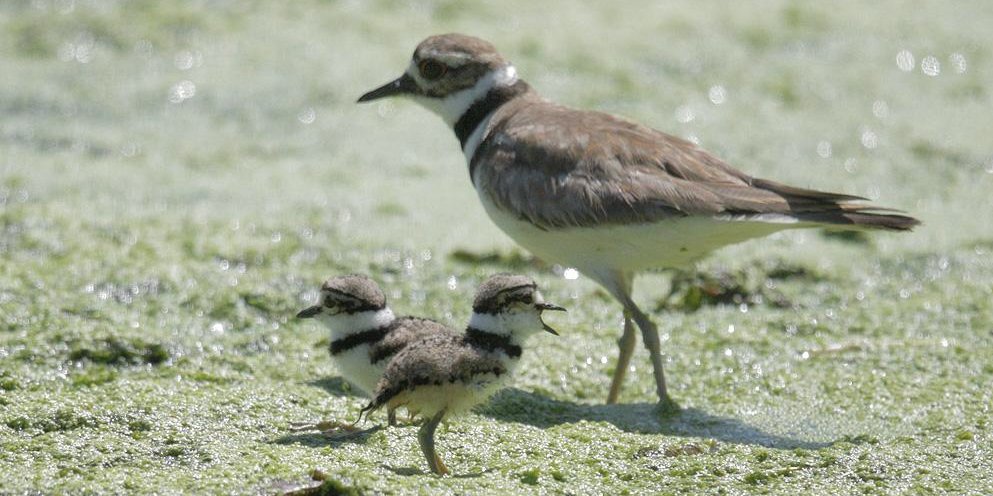Killdeer: Tom Grey
New Survey: Please take 10 minutes to save the Palo Alto Baylands!
What is happening?
Palo Alto is embarking on a Long Range Facilities & Sustainability Plan for the City’s airport. This Plan will guide the airport development for the next 20 years. Looking to accommodate increased future use and large airplanes, the City offers several alternatives for expanding the airport. All but the “no project” alternatives would encroach into Palo Alto parkland and Baylands. A new Survey is now available online, which illustrates the alternatives and asks for public preferences. The deadline to respond is July 15. Information about this project can be found here.
Why is it important?
Situated on the Pacific Flyway, Palo Alto Baylands provide habitat for 270 species of local and migratory bird species, and several endangered species. Hundreds of thousands of visitors flock to the Baylands and adjacent parklands for recreation, education, and relaxation. The Baylands are loved and appreciated by Palo Alto and East Palo Alto residents, and by visitors from other communities. As the sea level rises, the Baylands provide resilience and nature-based solutions to flood risks. Proposed Alternatives 2,4 and 5 of the proposed expansion of the airport threaten to fill the duck pond and marshlands. These alternatives include various configurations for lengthening or re-aligning runways, expanding aircraft parking, and altering levees to protect the airport from sea level rise. These alternatives will destroy habitat for resting and feeding during migration, negatively impacting the survival and breeding of numerous bird species.
Alternative 3 would expand the airport into the golf course, thereby taking parkland away and filling freshwater wetlands on the golf course. This alternative will also pave a large open space area for aircraft parking.
All but the no-project alternative will destroy habitat for resting and feeding during migration, negatively impacting the survival and breeding of numerous bird species. Airport expansions and increased flights will intensify noise disturbance to birds, visitors to the baylands, and East Palo Alto residents, disrupting sensitive shorebird flocks, diminishing recreational spaces, and worsening the already significant disturbance to East Palo Alto residents.
While the plan includes transitioning to clean solar power and unleaded aviation fuel, these upgrades do not mandate runway expansion. Any expansion of runways, support systems, or airport use will harm Baylands wildlife, the enjoyment of residents, and the community of East Palo Alto. Alternatives should be offered that can safely accommodate the sensitive habitat surrounding the airport.
What you can do?
Please find 10 minutes to respond to the survey! The survey is available here. Deadline is July 15th. Please read about the alternatives and scroll down to answer a few questions.
Please choose Alternative 1 (no-action) for all questions that ask you to rank or prioritize alternatives. When asked for an explanation, please say a few words about the value of the baylands to you and to the public, and consider social justice, education, and the protection of birds and nature. For example: “Expansion of the footprint and increased use of the airport will have a negative impact on birds and wildlife in the Baylands, on the people who enjoy the Baylands and Byxbee Park for education, recreation, and relaxation, and on the residents of the community of East Palo Alto.”
In addition, please ask for a new, balanced alternative that focuses on resilience and sustainability features without expanding the footprint of the airport.
For example (mix and much as space allows):
The proposed alternatives do not provide a wide enough scope of possibilities and do not balance the needs of the airport with the needs of the community and the protection of nature. We need additional alternatives to be analyzed.
We need an alternative that maintains the current footprint of runways and aprons, add a vertiport at the south-west corner, and increase sustainability elements without expanding into parkland and wetlands.
Let's continue to accommodate airplane models that currently use the airport safely, but stop allowing use by more demanding airplanes that require runway expansion for safe operations. We need alternatives that increase sustainability features without increasing the paved footprint of the airport
Please say that the project needs to address environmental justice and the protection of nature at the baylands.





